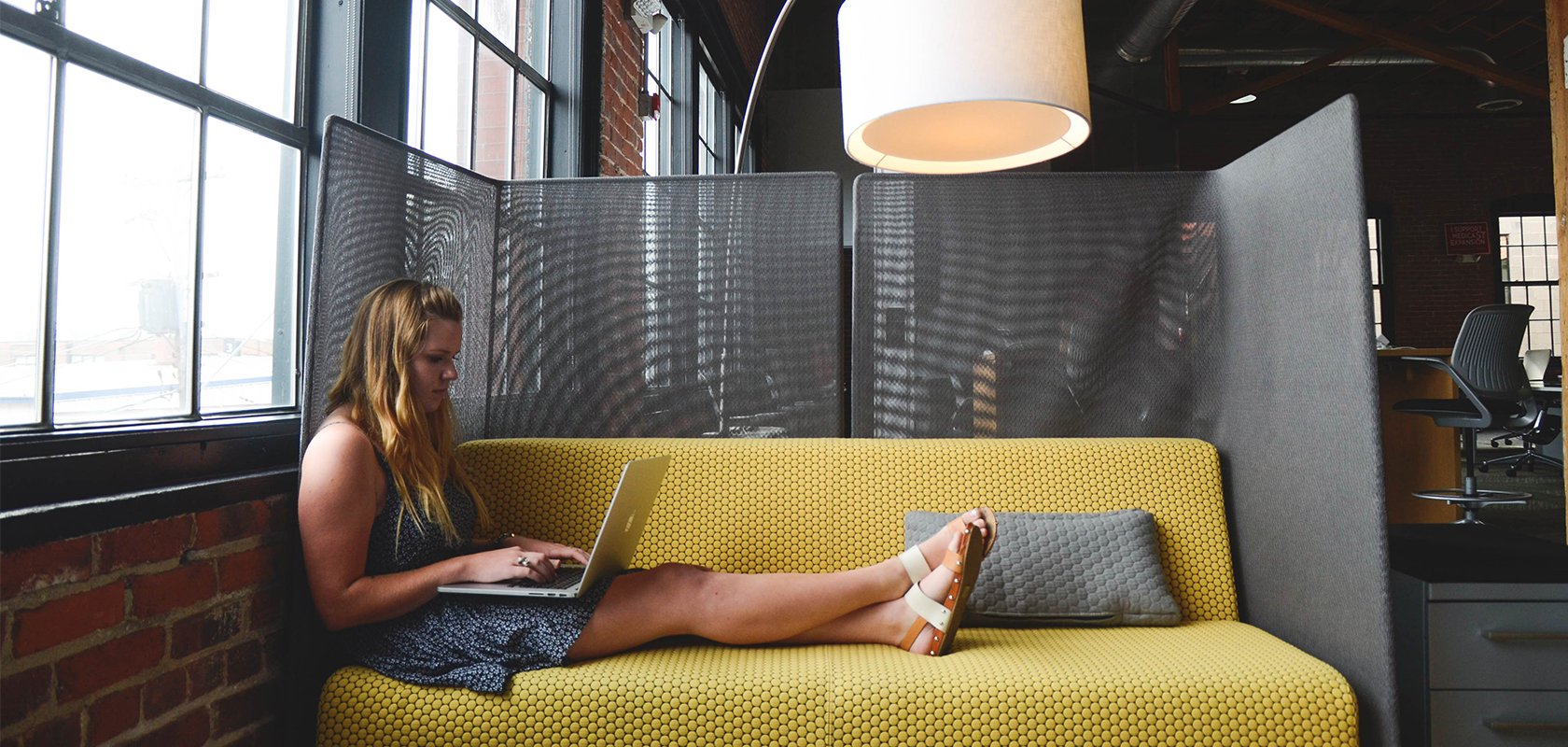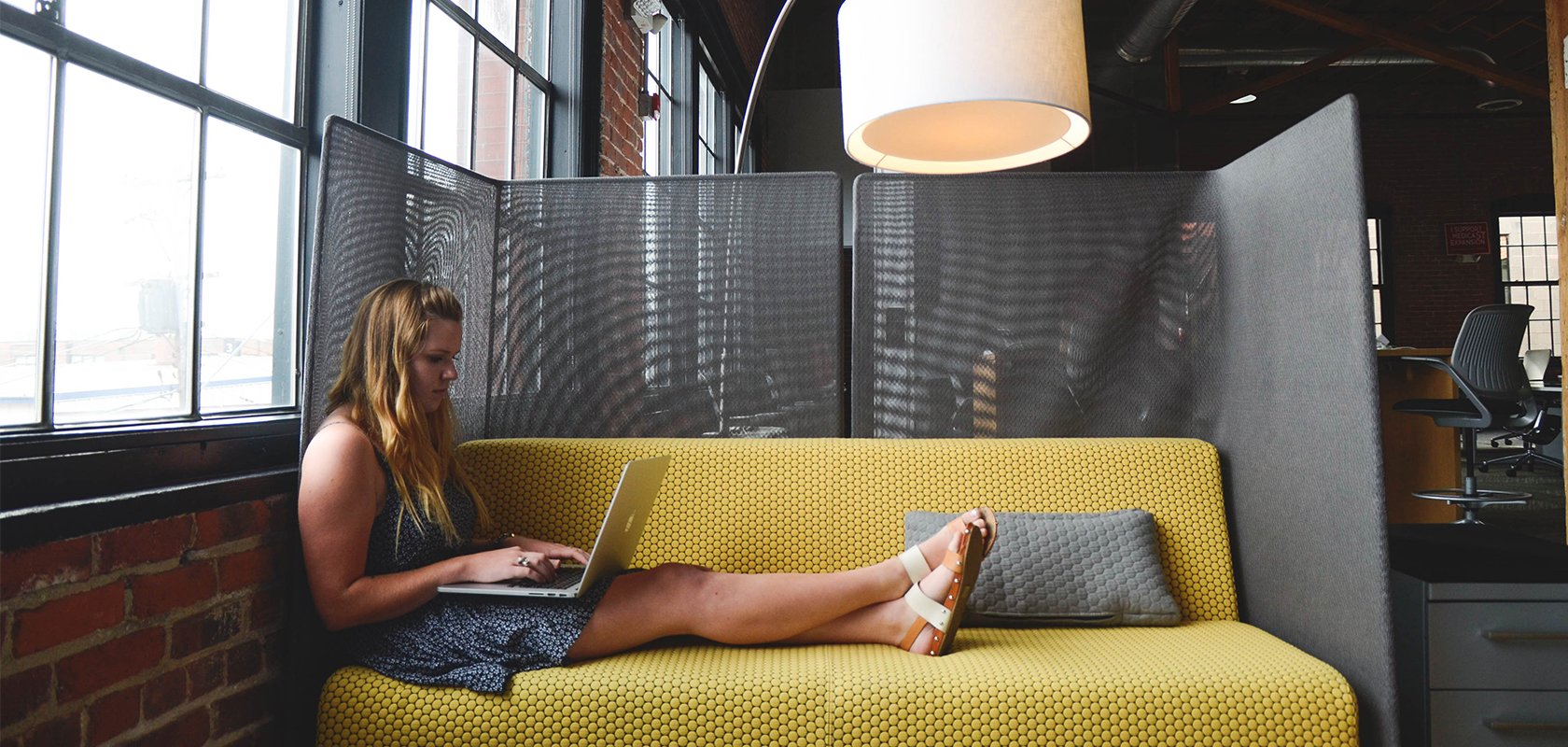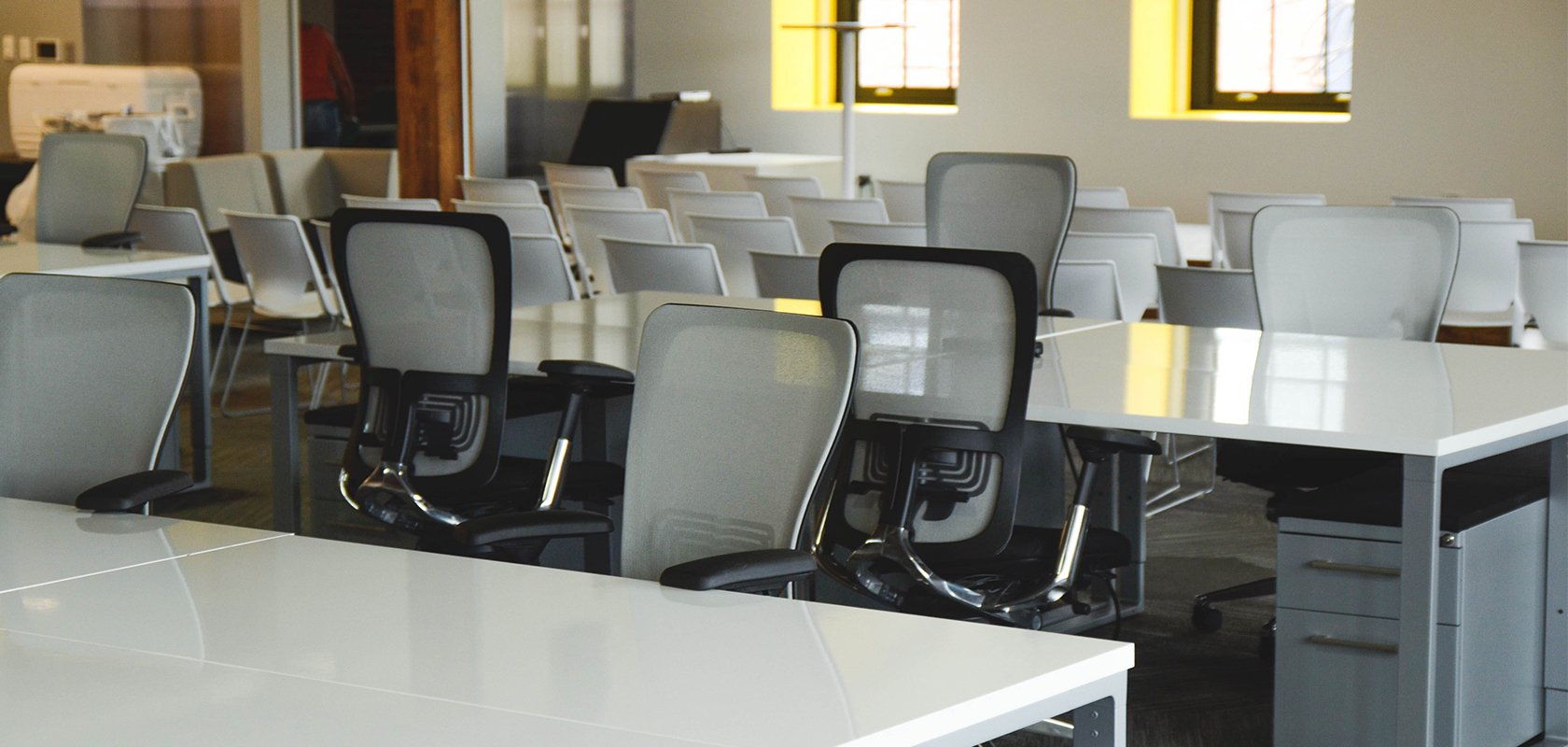
When looking at office space layout and design, and considering workplace productivity, it’s often cell offices or open floor plan offices that get the most attention. Certainly cell offices have been traditionally more popular in the corporate world, but the last years have seen a major increase in popularity for open floor plans. But what if you could take some of the elements from each of these office designs, to create a space that has multiple functions and uses. This type of place is called the “activity based” workspace.
Employees in modern companies today rarely do only one task, or solely work as independently. Increasingly today’s corporate or startup work cultures place expectations on employees to take on several responsibilities or ‘wear multiple hats.’ Because of this, our days rarely look the same from one to the next, and as such, our needs for supplies, resources, and environment at work can shift.
When it comes to activity based working (ABW), the workspace is a combination of the open floor plan and the cell office layout, together with other office features added in based on need. What this looks like is often true workspace optimization focused on providing space for both high focus, and low focus activities, as well as solo and collaborative tasks (the company Motion Office uses a great graphic to explain the relationship between these types of work activities, and how they relate to ABW). This means that the total space may include sections with desks or tables, but also can have rooms for solitary, high focus collaborative work where you can lock yourself in with a group of people and not disturb others.
In these workspaces, companies often create other areas for lounges, where low focus work and informal or impromptu meetings can happen. Additionally, activity based workspaces are typically connected to a free seating policy - instead of their own desk, you allow people to move around throughout the day, find environment that suits their needs depending on the activity to be completed.
 Varied office settings for different work tasks.
Varied office settings for different work tasks.
There are several schools of thought regarding workspace productivity and how to properly equip an office for maximum employee satisfaction and efficiency. For the most part however, there’s a consensus that an array of work settings is beneficial to be able to be productive throughout the day. When it comes to activity based working, there are many arguments for why the setup can work for most types of companies.
In a study of over 600 offices conducted by Leesman, the global leader in the collection of workplace effectiveness data and information, they found that “across all 220,000+ employees in the database so far, 45% have selected 11 or more activities as important to them in their role,” showing that “the more complex an employee’s daily work profile, the more beneficial it is for them to work in a mobile way that utilises multiple settings.” That means that many of today’s employees have an immense range of tasks, and it indicates that variety of work environment may actually be necessary in completing all of the activities important in different roles.
Additionally, through the study, Leesman found that on average in activity based workplace settings employee creativity increased, informal meetings between colleagues increased, and focus stayed generally the same as in other types of office settings. But “on average, the entire ABW respondent group reports slightly higher workplace effectiveness compared to the control group” that was a part of the study. The differentiator in effectiveness in ABWs is the ability for the company to support staff, and for employees to adapt to the new way of working.

While the environment of this kind of office layout can sound more enjoyable to employees, it’s important to note that it can take a company-wide adoption of appropriate behavior standards, a supportive company culture, as well as an increased ability to use technology and communications tools to be successful. And while there is shown to be an increase in creativity and collaboration in activity based workspaces, it might take an enormous amount of support and onboarding from the companies using this office strategy.
Activity based workspaces need to have clear and accepted expectations on purpose and usage of each type of space. When an employee is unsure of what part of the office should be used for which tasks, or what appropriate behavior may be in the new setup, the organization can fall into disarray that can, in fact, be counterproductive.
Additionally, the infrastructure of the office requires an increased dependence on communication and the company must adopt the proper tools and technology that can allow for inter-office and interdepartmental flow of information easily. Moreover, workspaces that have mobility often increase the need for paperless and “clean desk” policies, plus the implementation of rigorous routines for sharing documentation, organization, conferencing and data storage. Additionally, since seating is free and rotation through the office is encouraged, the need for scheduling of shared resources, such as meeting rooms and huddle rooms increases. This can also include implementing the proper safeguarding of efficient utilization of such resources.
It’s up for debate if this is a challenge or a benefit of activity based workspaces, but often these types of environments put a lot of responsibility on the employees, and management needs to work to foster a culture of accountability. Because there can be less oversight and employees have more independence, companies should ensure that employees know what they are doing, that staff are self-motivated, and have strict planning for completion of tasks.
Every type of office layout have pros and cons, and there are certain types of companies who benefit from each one. With activity based workspaces, you can achieve the fluidity and transparency of open desk offices, and also the privacy and independence of cell offices. The important thing is that in each case, you can ensure that your staff are equipped to perform their jobs to the best of their abilities, and you are taking into account workplace productivity.
 Example of a free seating office with a clean desk policy.
Example of a free seating office with a clean desk policy.
These Stories on Workplace design
Meetio AB/Logitech Nordics AB
Hamngatan 4
211 22, Malmö
Sweden
Magnus Ladulåsgatan 3
SE-118 65 Stockholm
Sweden
Sweden: +46-(0)10-101 95 60
No comments yet
Let us know what you think!